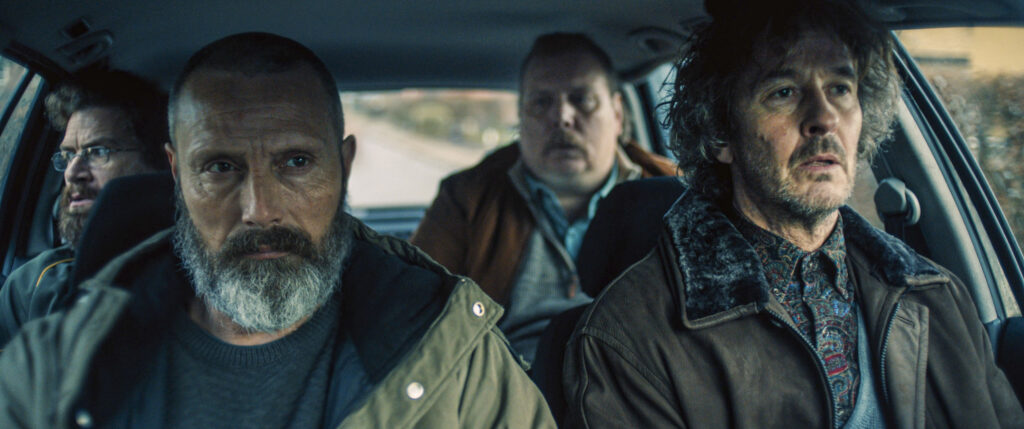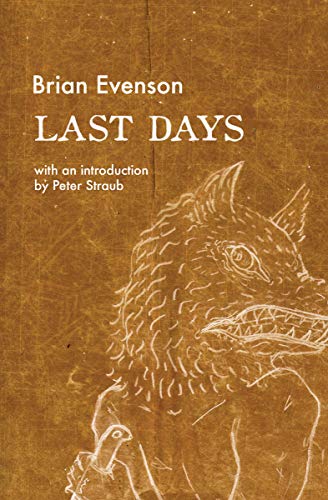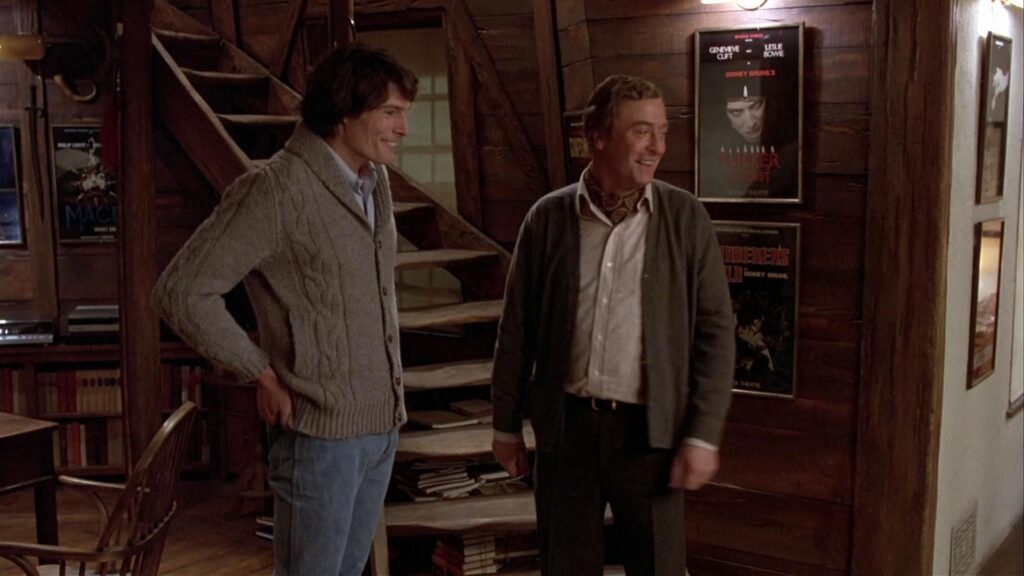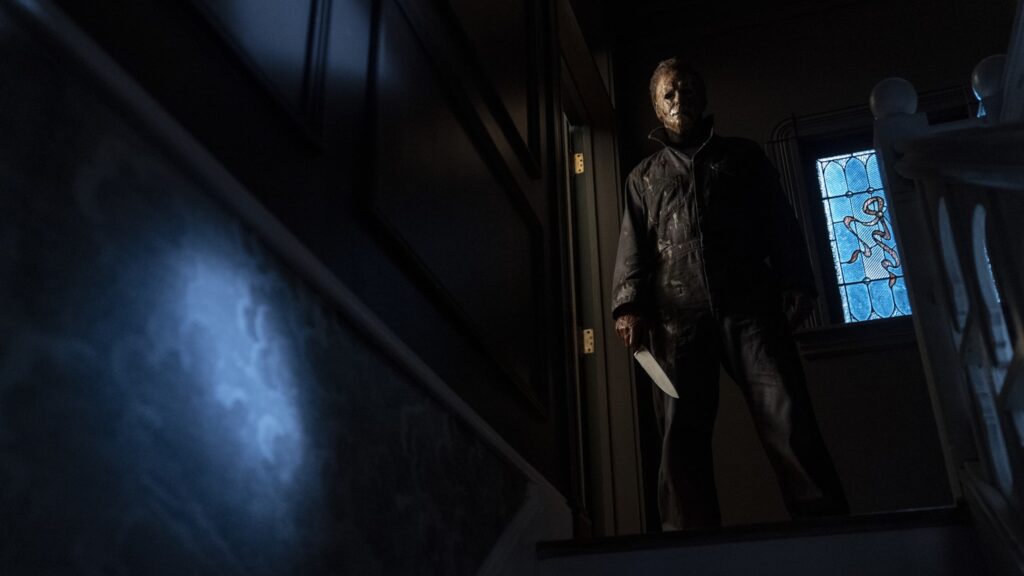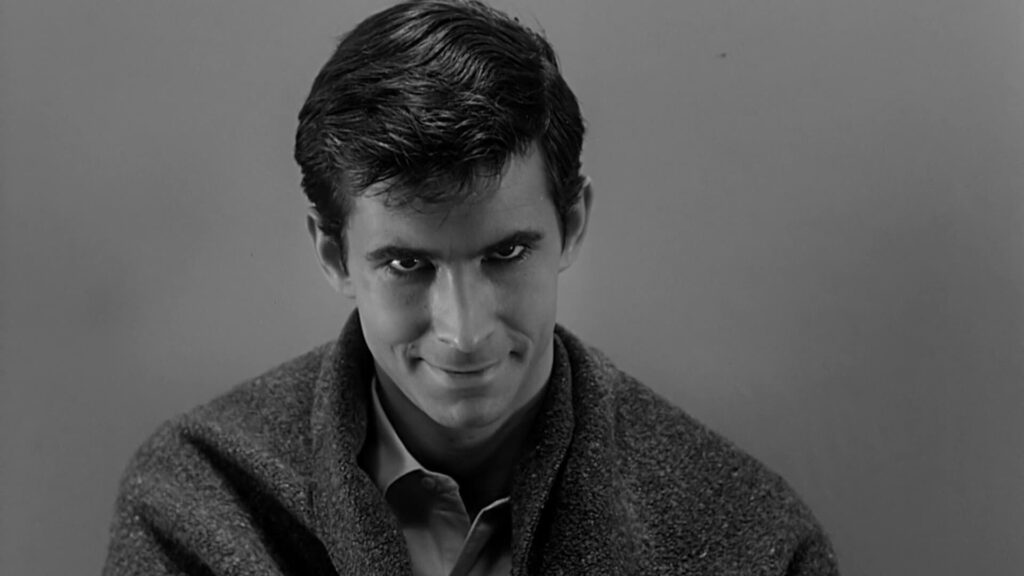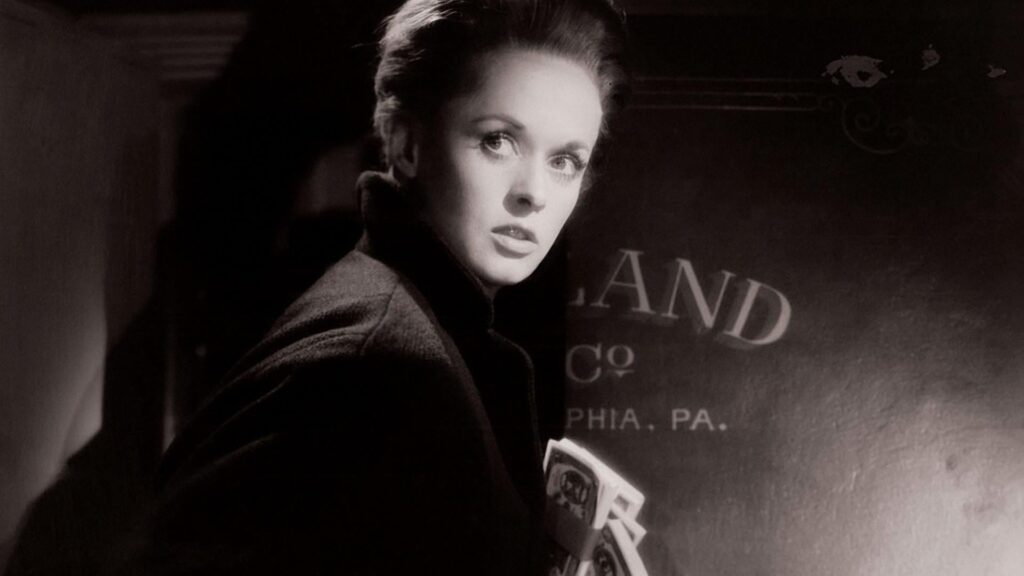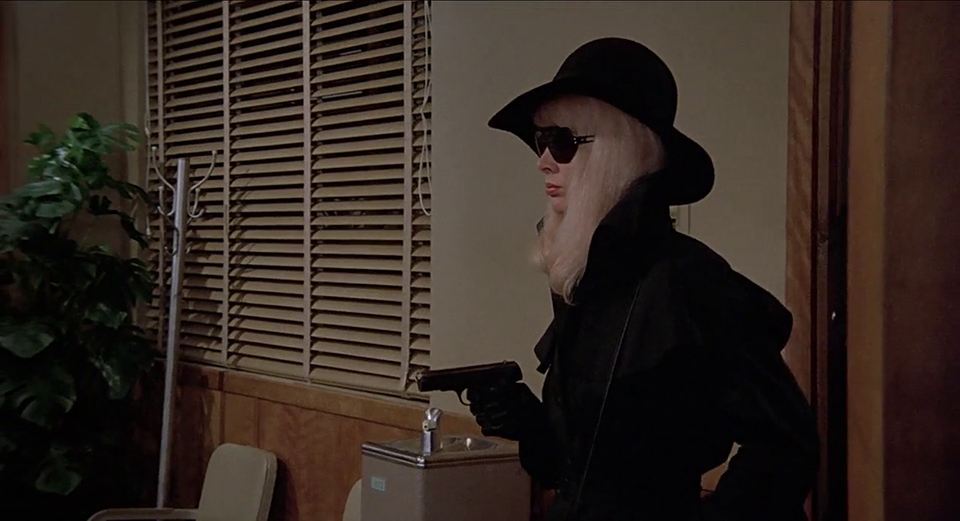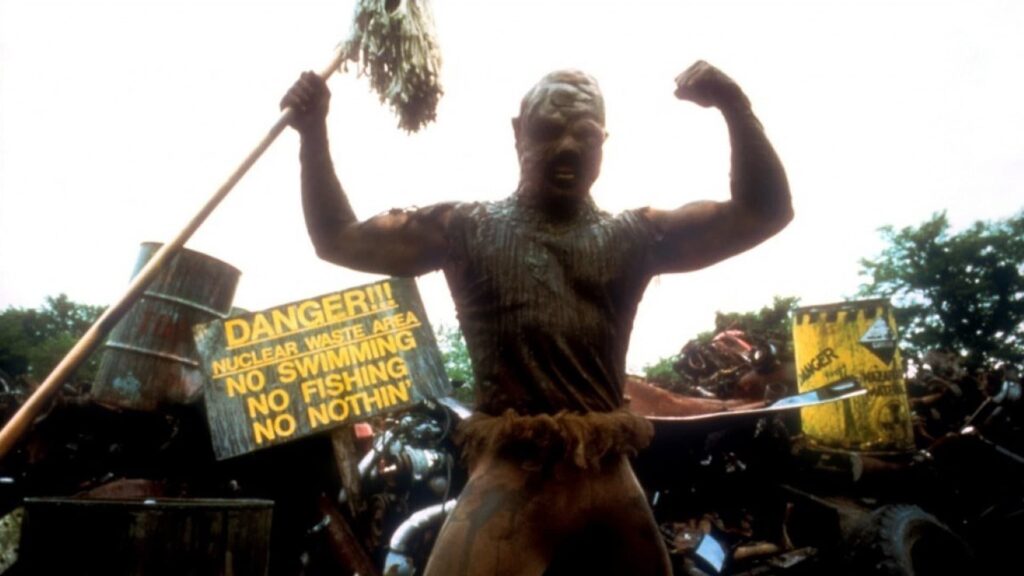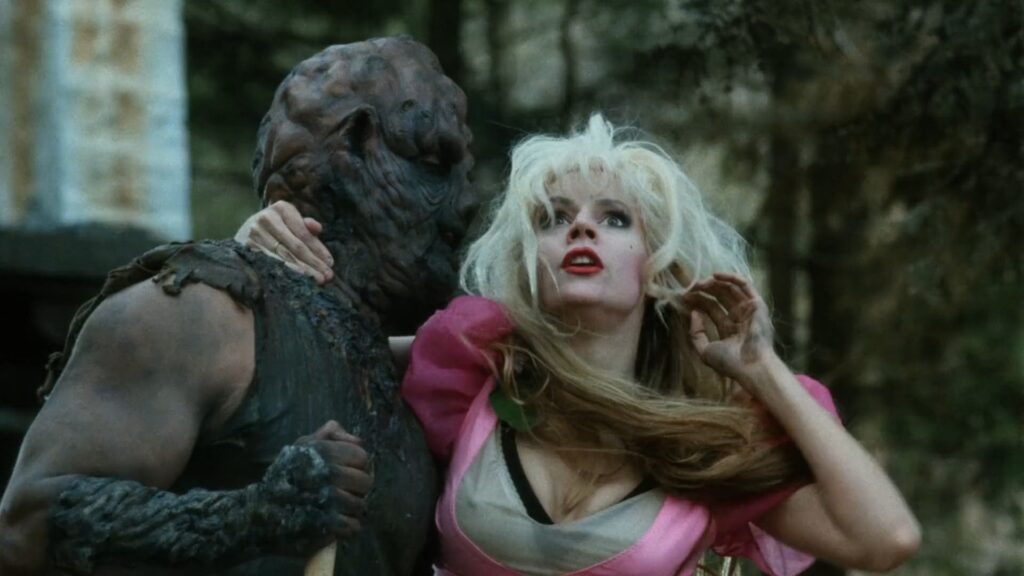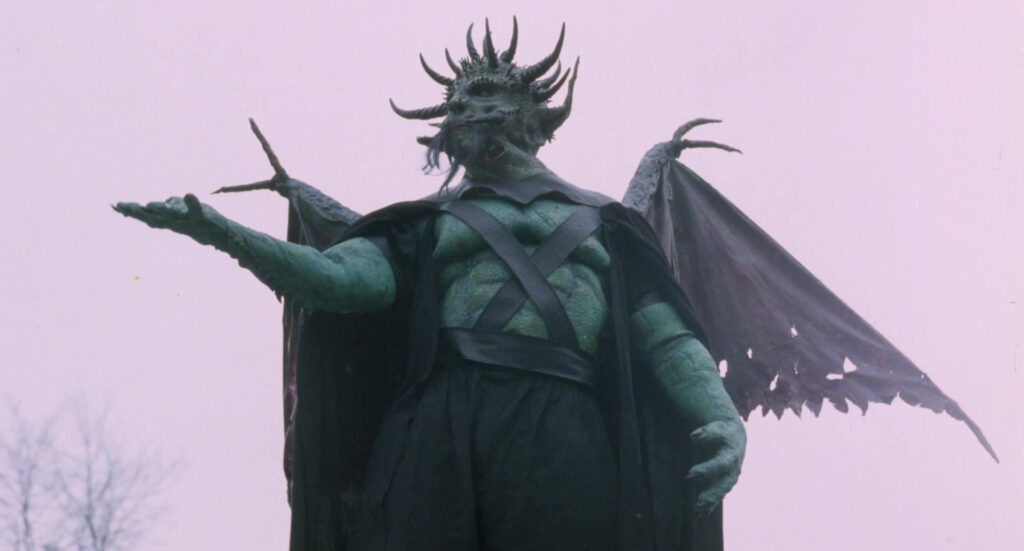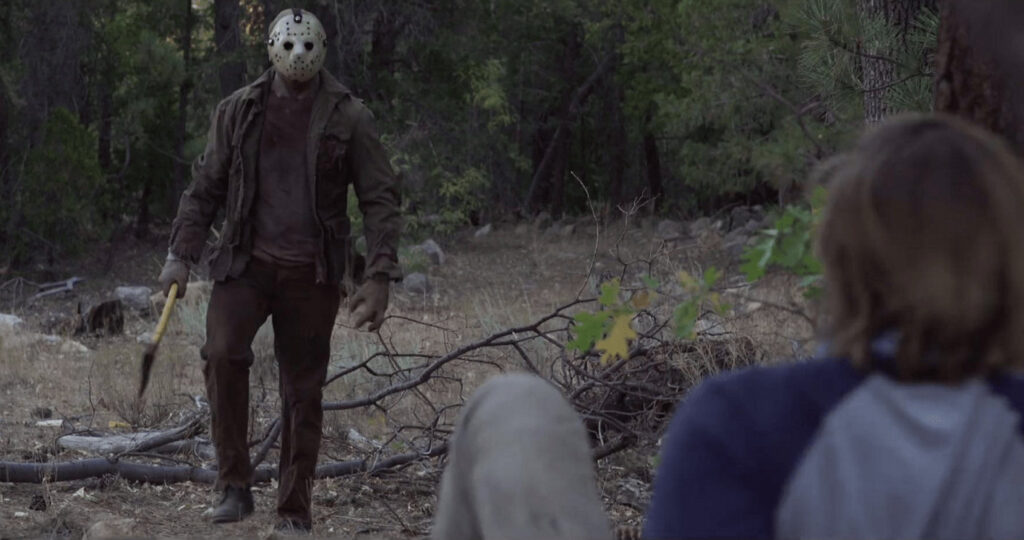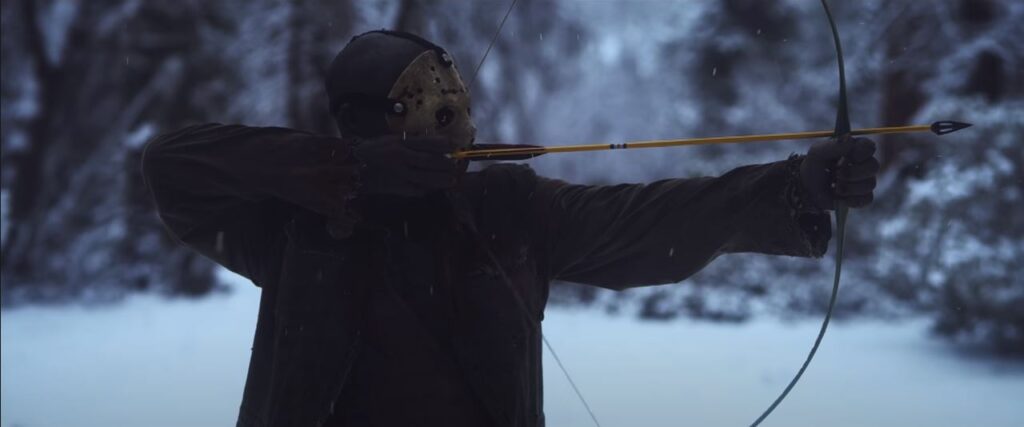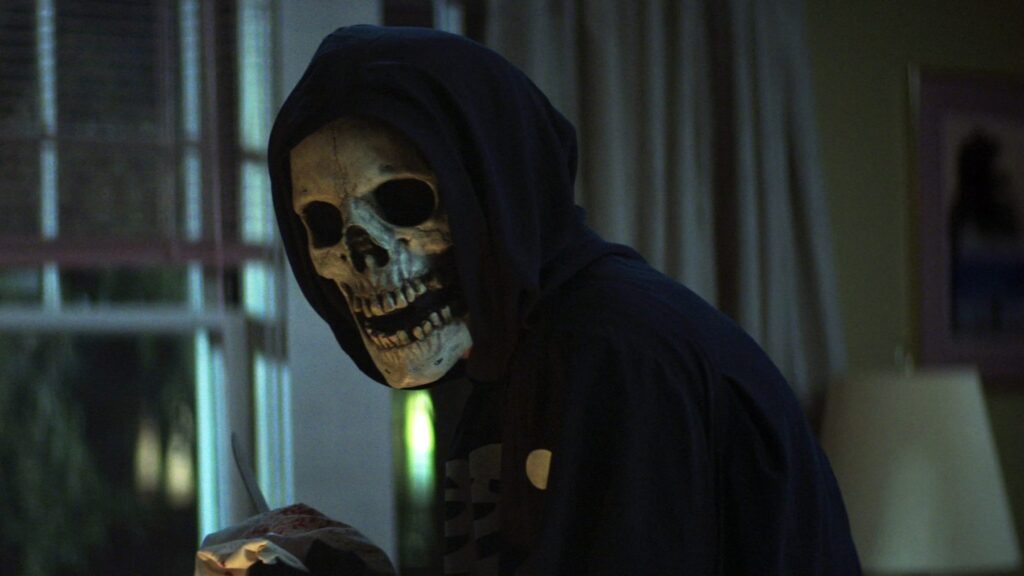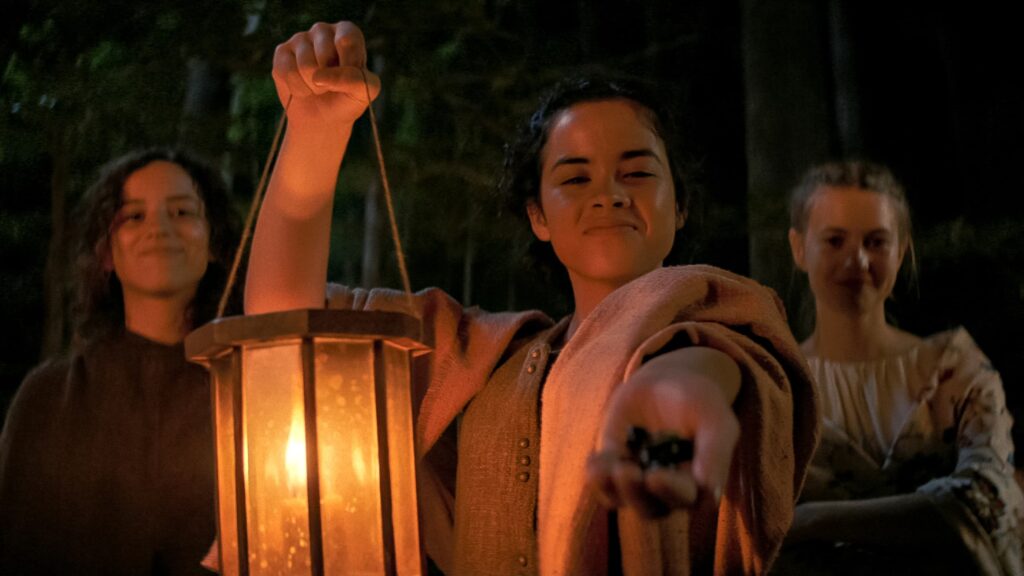2021 Movie Catch-Up, Part 2
Just continuing our catch-up of 2021 movie releases seen in theaters and streaming.
2021 Movie Catch-Up: Theatrical
The French Dispatch – Wes Anderson deploys his particular brand of weaponized quirk in service of a tribute to magazine journalism. Structured as an anthology of articles with a wraparound story about the editor, it suffers a little from the usual anthology problem of unevenness. The first big story, about an imprisoned artist, was my favorite. It’s odd in a way that is complemented by Anderson’s fussy style, and Benicio Del Toro, Léa Seydoux, and Adrien Brody are giving great performances. The second article, some sort of revolutionary nonsense, didn’t work for me at all. Timothée Chalamet and Frances McDormand give it their all, but it fell a bit flat for me. The third story rebounds a little. It represents the classic New Yorker article trope of a story that starts out about one thing, but quickly morphs into something completely different. In this case, a simple profile about a chef transforms into a whole kidnapping plot. I appreciated it for what it’s doing, though it didn’t entirely connect.
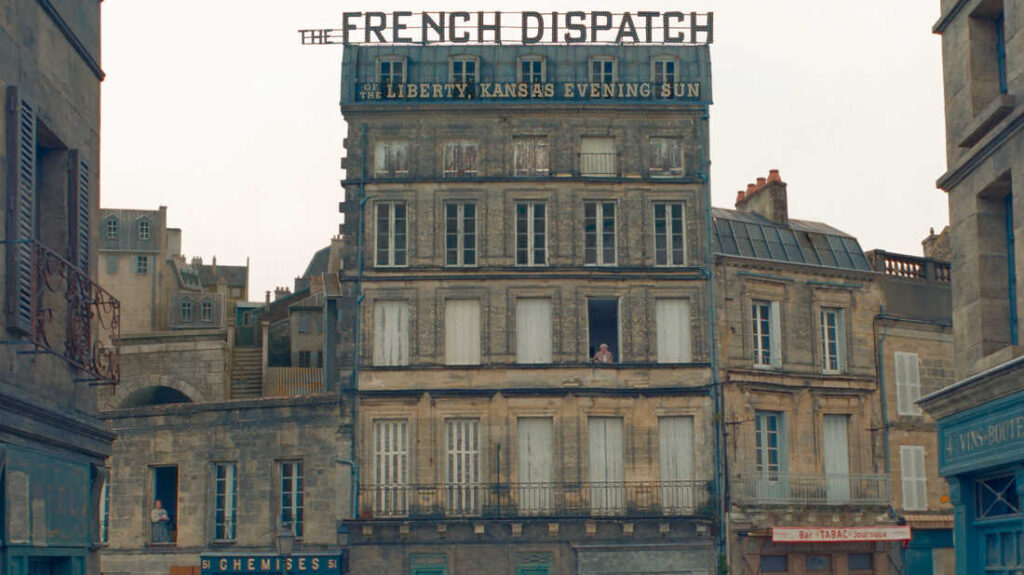
In reading and listening to reviews of this movie, one thing I found interesting is that the editor character, played by Bill Murray, strikes a chord with a lot of critics… because they are writers (or editors themselves), and can appreciate the dynamics at work here. There are a couple of smaller segments throughout (like Owen Wilson’s short travelogue), and Murray’s editor ties all of this stuff together, much as you might expect. Anderson’s style is in full effect, and while I get that some people find it tiresome (sometimes I do too), I enjoyed it quite a bit here. In this age of generic Netflix mush and grey sludge color correction, a truly distinct but still formalistic style like Anderson’s is a welcome change of pace. It’s not Anderson’s best or my favorite, but I’m glad I saw it in a theater. **1/2
Eternals – I’ll give it points for ambition. For all the discourse around Marvel, they have always taken chances around obscure properties like this. For the most part, they paid off… until now. I can appreciate what they’re going for, but there’s almost too much going on here. Too many characters, too many subplots, too much worldbuilding, too much Marvel continuity service and sequel planning, far, far too long. Not entirely unusual for a superhero franchise, to be sure, but Marvel can usually offset any deficiencies on those fronts with charismatic actors who have chemistry with each other.
Gemma Chan and Richard Madden are ostensibly the protagonists, but there’s just nothing there. A big part of that is writing, but their performances and chemistry (or lack thereof) don’t do it any favors. Another part of the problem is that there’s, like, ten Eternals. Even with the bloated runtime, they couldn’t find any focus or depth with the characters. Some of them work… by themselves. Kumail Nanjiani and more importantly his valet played by Harish Patel are shouldering the comedic burden and mostly succeeding, but it feels like they’re in a different movie. Angelina Jolie and Ma Dong-seok seem to actually have some level of chemistry (moreso than our leads, that’s for sure) and I wouldn’t mind seeing them go on adventures… on their own. As it is, we get about five minutes with them sprinkled throughout. Other Eternals get more or less screentime, but none of it feels cohesive.
It doesn’t help that the story kinda paints the Eternals as villains. Spoilers, I guess, but even as they seek to reject their role in Earth’s fate, it all seems morally muddled. This sort of ponderous morality play is the sort of thing DC has tried and intermittently succeeded at, and Eternals feels like it has similarly mixed results.
As with any Marvel production, there’s a base level of competence here that makes it enjoyable enough while you’re watching. It is definitely too long, but director Chloe Zhao knows how to frame a shot and she’s really good at the nature photography and the requisite landscape shots that come with this glob-trotting story. The action is far less effective. I suspect this is not Zhao’s fault because Marvel has that whole assembly line of pre-vis action choreography and effects houses that were probably already in motion before Zhao even signed on (but who knows – this sort of second unit action speculation is a common Marvel criticism, but I’m not entirely sure how valid it is.) Regardless, the action comes off as generic and weightless, and the story can’t quite justify what’s going on anyway, which just means the stakes are also somewhat lacking (this is one of those things where the stakes are so high that they paradoxically become meaningless). So yes, it’s a fine watch that doesn’t hold up to any level of scrutiny and sorta gets worse when you realize how well Marvel was able to do similar things before (the Guardians of the Galaxy movies do a lot of this stuff much, much better.) Marvel has had misfires before and will no doubt bounce back… **
Venom: Let There Be Carnage – There’s not really much to say about this sort of movie. If you liked the first movie, you’ll like this well enough. Neither movie is particularly good, but there’s just something magnetic about Tom Hardy and the weird bickering odd couple relationship he has with Venom. So while a lot of this movie comes off as just a sorta garden-variety superhero flick, Hardy’s almost unhinged performance elevates things well enough. It definitely won’t convert anyone to start liking superhero flicks, but it’s more entertaining than I expected. **
Ghostbusters: Afterlife – I went into this with the lowest of low expectations. As such, I was mildly surprised that I enjoyed the early proceedings as much as I did. Then there’s this scene in Walmart, after which the movie falls off a repetitive cliff. I tend to be much harder on sequels than most folks, especially blatant nostalgia grabs like this one, so your mileage may vary.
Still, there’s plenty to like here. Paul Rudd and Carrie Coon are having lots of fun. Young Mckenna Grace gives a great performance, even if the script doesn’t really have an arc for her. Logan Kim is actually doing well considering that they saddled him with a character named “Podcast” (not “Twitch” or some newfangled platform young people actually use), but heck, I chuckled a few times. The early nostalgic bits are fine – some of them aren’t even stressed much (like, I didn’t need to see the stack of books, but they didn’t make a big deal out of it either). There’s this bit with a chess board that I really liked, even if it was almost immediately abandoned in favor of more clunky sequences.
But all of that curdles in the final act as everything grinds to a halt so we can watch something we’ve already seen before happen again. It makes a sort of sense, I guess, I just am so sick of beat-by-beat retreads like the end of this movie. They try to do something more heartwarming and I can see it working for folks, but I was so out of it by then that it didn’t really matter (and there’s something to be said about CGI characters who probably shouldn’t show up at the end). Ultimately, it’s kinda harmless and makes you appreciate the original all the more. **
2021 Movie Catch-Up: Streaming
CODA – This is a coming of age weepie about a family of deaf people and their daughter, who can hear and loves singing. A sorta reverse Mr. Holland’s Opus, while this does feature unconventional character dynamics involving family connections and dependencies, it is extremely formulaic. You can see all the beats coming before they happen and yet, all the clichés are harnessed and executed extremely well. I may be hard on sequels, but original movies that are formulaic and cliched still work for me if they’re really well executed, and this one absolutely is well executed. I’m not sure about the movie’s history, but it feels like a stereotypical Sundance sale, and now it’s on Apple TV+. Worth a look if you’re into this sort of thing. ***
Red Notice – Generic Netflix programmer elevated slightly by the sheer starpower and charisma of its three leads: Ryan Reynolds, Dwayne Johnson, and Gal Gadot. I only saw it a few weeks ago, and already the details are fleeting. There’s a few jokes that land and while it’s shot in the flat, digital Netflix house style there are some visual flourishes that worked for me. The camera sometimes swooped around in longish takes, almost like one of those drone demo shots (though perhaps not quite as impressive as that – someday someone will really leverage drones to make a great action movie, and this isn’t that, but it seems like it can be done). There are some twists and turns, but it’s all aggressively mediocre. That’s a death sentence to most critics, but I mostly enjoyed it for what it was. **1/2
The Trip – Another Scandinavian thriller (this time out of Norway) that I really enjoyed. A couple take a trip to their isolated lake house. Each of them is planning to murder the other. Hijinks ensue. I certainly don’t want to spoil anything, but this is stylish, with good performances, a great soundtrack, and a very well plotted story.
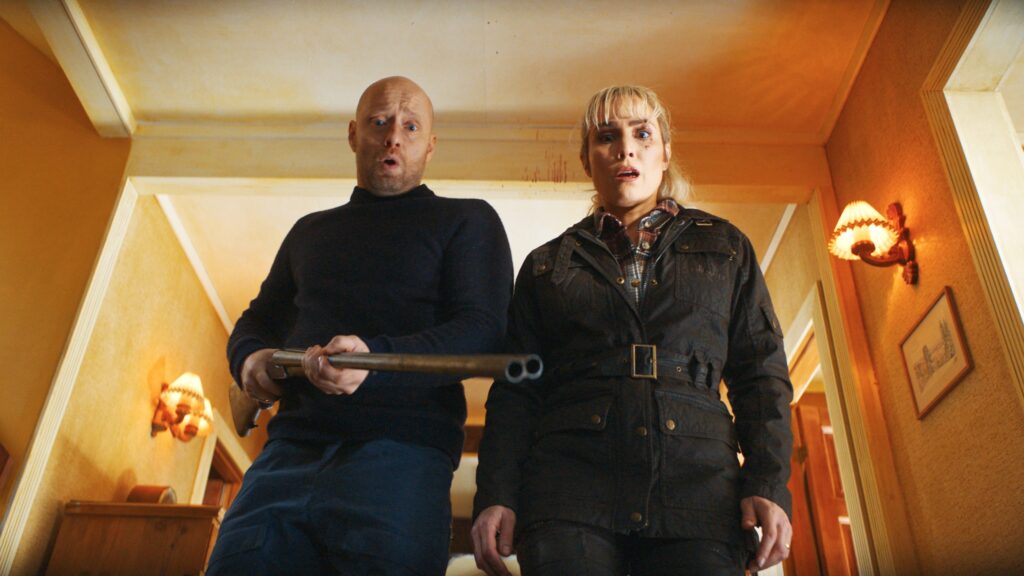
It’s made by the guys who did the Dead Snow movies, and while this doesn’t quite reach the ridiculous levels of those Nazi zombie flicks, it does have a similar darkly comedic sensibility that sometimes veers into gratuitous violence. This might end up being one of my favorites of this year (it’s on Netflix). ***
The Sparks Brothers – Edgar Wright made this documentary about Sparks, an influential band most are not particularly familiar with. It’s mostly talking heads and archival clips or well edited montages of movies, but Wright approaches this sort of thing with much more style and wit that you might expect. The opening of this film encapsulates this approach really well, and I was fully onboard from moment one. It ultimately settles into a checklist format as we proceed through each album in Sparks’ long career, so the sheen wears off a bit by the end, but it’s still better done than most of this sort of thing. At 141 minutes, it is far too long, but it’s also hard to find fault with that. Certainly worth checking out (It’s on Netflix). **1/2
The Harder They Fall – Stylish western featuring a mostly black cast that is far better Netflix fodder than you normally get. At its heart, it’s a heavily plotted revenge story with a likable cast, some bravura filmmaking from director Jeymes Samuel, a menacing villain in Idris Elba, and a pretty great script. I feel like we’ve seen the whole anachronistic use of modern hip hop music in a western before, but this approach is very well executed here. The dialogue has a similarly anachronistic but well calibrated mixture of modern patois and old fashioned frontier gibberish.
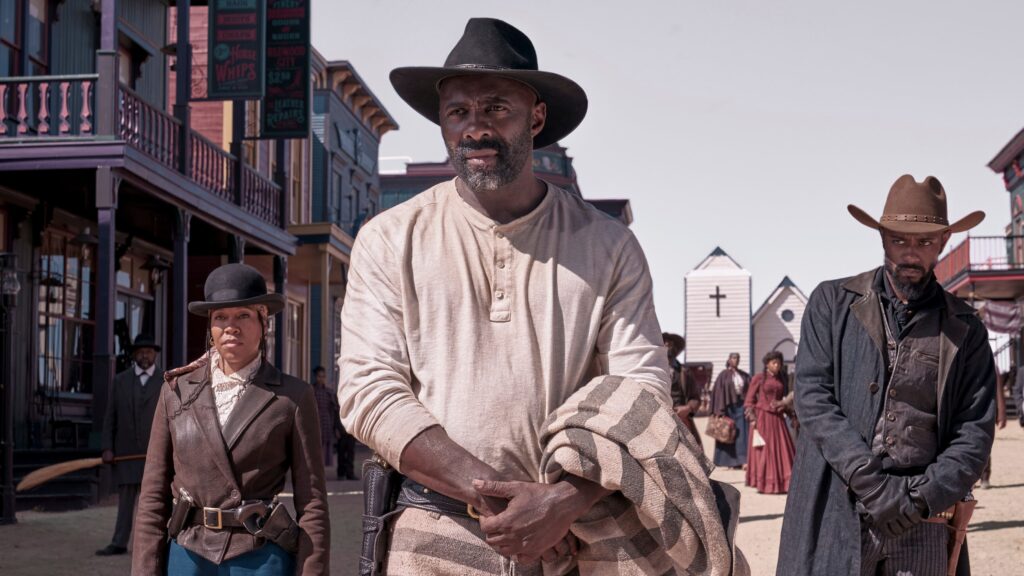
It might be a teensy bit too long and the middle drags a bit, but it’s always entertaining and the action is well done, especially in the finale. The plot hints at some deeper themes that are perhaps not fully explored, but that’s a minor complaint. I really enjoyed this and look forward to seeing what Samuel does next… ***
There’s a lot of interesting stuff out there these days, but only if you’re seeking it out. Interesting movies like The Harder They Fall tend to fade into the Streaming ether rather quickly. Anywho, maybe one more post on the usual catch-up plan (of things I have not yet watched)…

